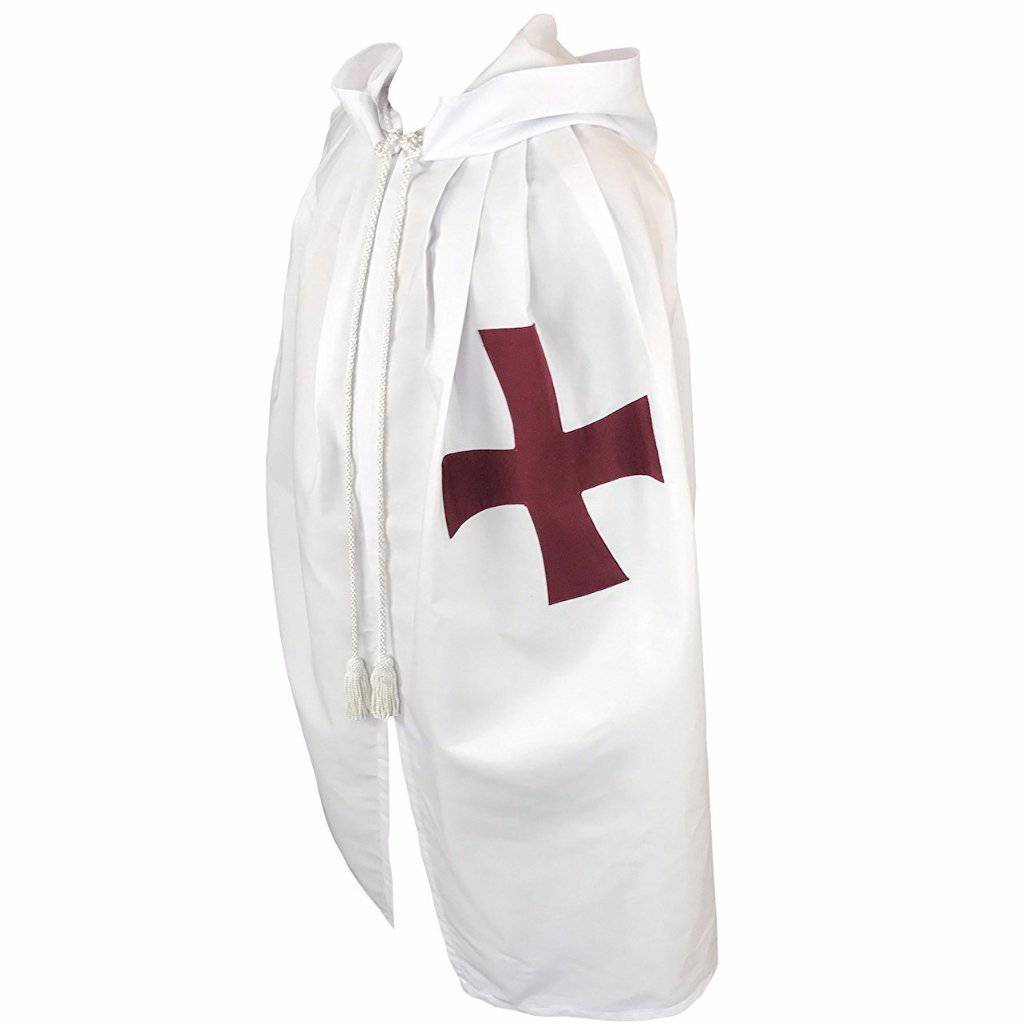Women and the Knights Templar: Unspoken Histories
The Knights Templar, often enveloped in mystique and enigma, are primarily remembered for their role in the Crusades, their impressive military prowess, and their sudden and dramatic downfall. However, there is an often-overlooked dimension to their story: the role of women. Although historical records are sparse, these women were integral to the Templar narrative, shaping its course in ways that history has scarcely acknowledged.
The Historical Context of the Knights Templar
Founded in the early 12th century, the Knights Templar were originally established as a military order to protect Christian pilgrims traveling to the Holy Land. With their distinctive white mantles adorned with a red cross, the Templars rapidly grew in both influence and wealth. Their role as both warriors and financiers allowed them to amass considerable power, leading to their eventual downfall in the early 14th century, when the order was disbanded under pressure from King Philip IV of France and Pope Clement V.
![]()
Women in the Templar Context
While the primary focus of historical records has been on the male members of the order, women played significant roles that deserve recognition. Their involvement can be understood in three main contexts: familial connections, auxiliary roles, and societal impacts.
Familial Connections and Influence
The influence of women in the context of the Templars often came through their familial connections. Many women who were related to prominent Templars used their positions to exert influence, contribute to the order’s finances, or advocate for the Templars' causes. For instance, noblewomen and queens across Europe were instrumental in facilitating the Templars' operations by providing them with land, resources, and political support.
One notable example is Eleanor of Aquitaine, a powerful figure whose support was crucial in the early years of the Templars. Her influence extended beyond her direct involvement; her court was a hub of activity that included members of the order, and her endorsement lent significant legitimacy to the Templars’ endeavors.

Auxiliary Roles and Supportive Functions
Women also served in auxiliary roles, although these positions were less formalized compared to the Templar knights. Some women, especially from noble families, joined the order in supportive capacities, managing estates or providing logistical support. These women were crucial in maintaining the Templars' extensive network of properties and resources.
The “Ladies of the Order” were a category of women who took on roles such as managing Templar properties, caring for the sick, and performing charitable activities. Although not directly involved in military operations, their work was vital in sustaining the Templar infrastructure. Their contributions were often overshadowed by the more dramatic narratives of their male counterparts, yet they played a key role in the daily operations of the order.
Societal Impacts and Representations
The societal impact of women associated with the Templars also deserves recognition. Women’s involvement in the order’s activities influenced public perception and societal norms. The Templars’ presence in different regions of Europe meant that the women connected to them were often seen as symbols of piety and nobility.
In literature and folklore, the Templars have been portrayed with various degrees of accuracy. Some accounts, like those in medieval romances and legends, feature women in prominent roles, reflecting their real-life influence and the reverence they commanded in their communities. These representations, though sometimes exaggerated, underscore the respect and significance women held in relation to the Templars.
The Unspoken Histories: A Reassessment
The silence surrounding women’s roles in the Templar history can be attributed to the male-dominated nature of historical record-keeping and the tendency to focus on the more dramatic, predominantly male-centered aspects of the order. However, recent scholarship and historical reassessments have begun to shed light on these unspoken histories.
By examining letters, land grants, and other archival materials, historians are piecing together a more comprehensive view of the women who intersected with the Templar order. These efforts reveal that women were not mere bystanders but active participants and influencers in the order’s history. Their contributions, though often overlooked, were crucial in shaping the order’s fortunes and legacy.
Conclusion

The Knights Templar remain one of history’s most intriguing organizations, and the inclusion of women in their narrative adds depth to their story. Whether through their familial connections, auxiliary roles, or societal impacts, women played essential roles in supporting and sustaining the Templars. As historical scholarship continues to evolve, it is vital to recognize and celebrate these unspoken histories, ensuring that the contributions of these remarkable women are remembered alongside their male counterparts. The full story of the Knights Templar is richer and more complex than traditional accounts suggest, and it is through exploring these hidden dimensions that we gain a more complete understanding of their legacy.









